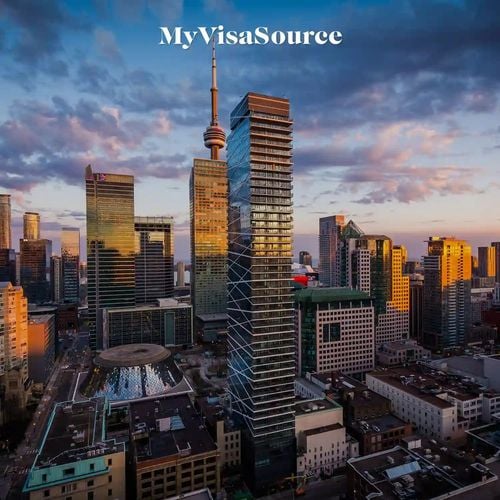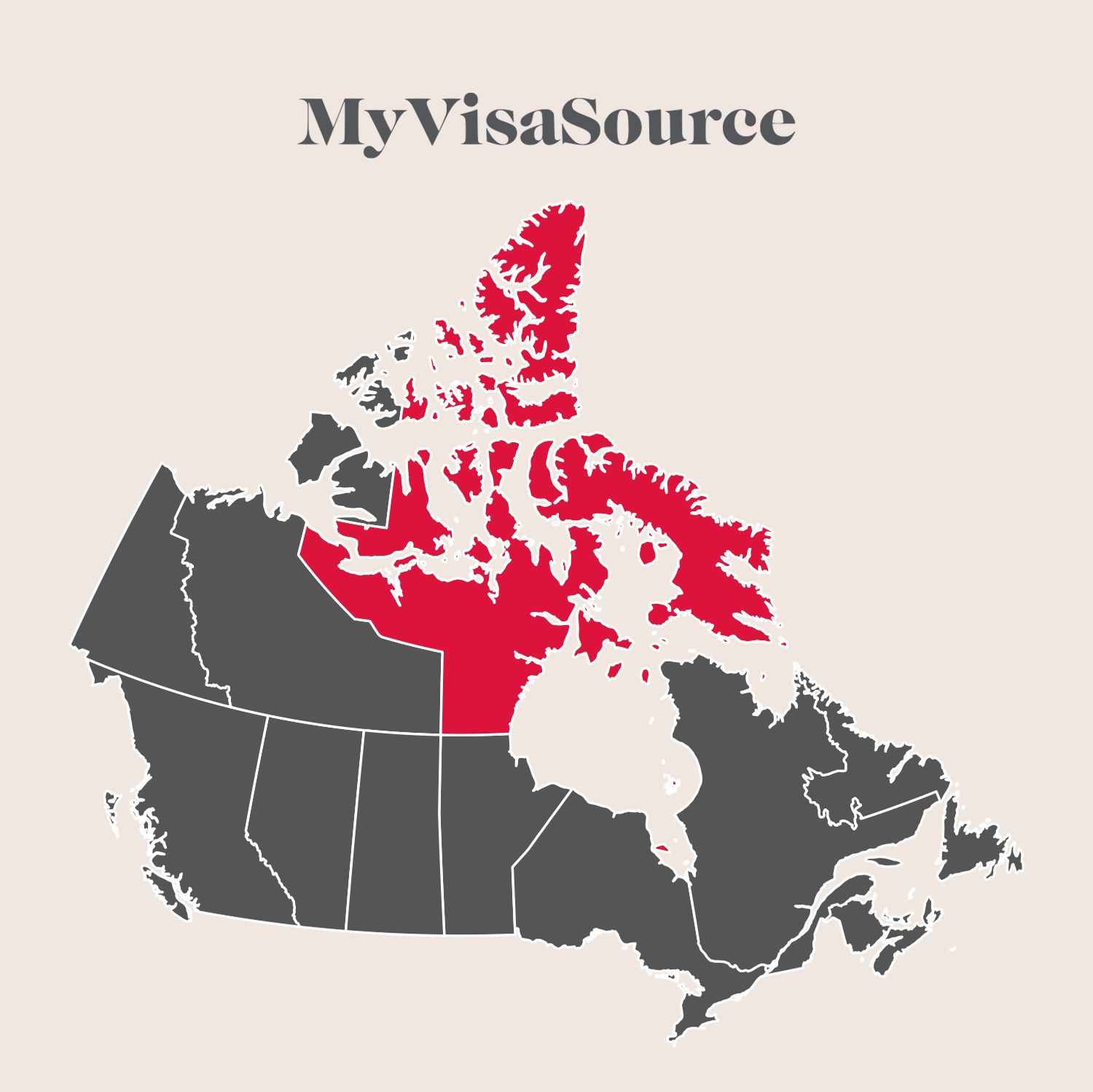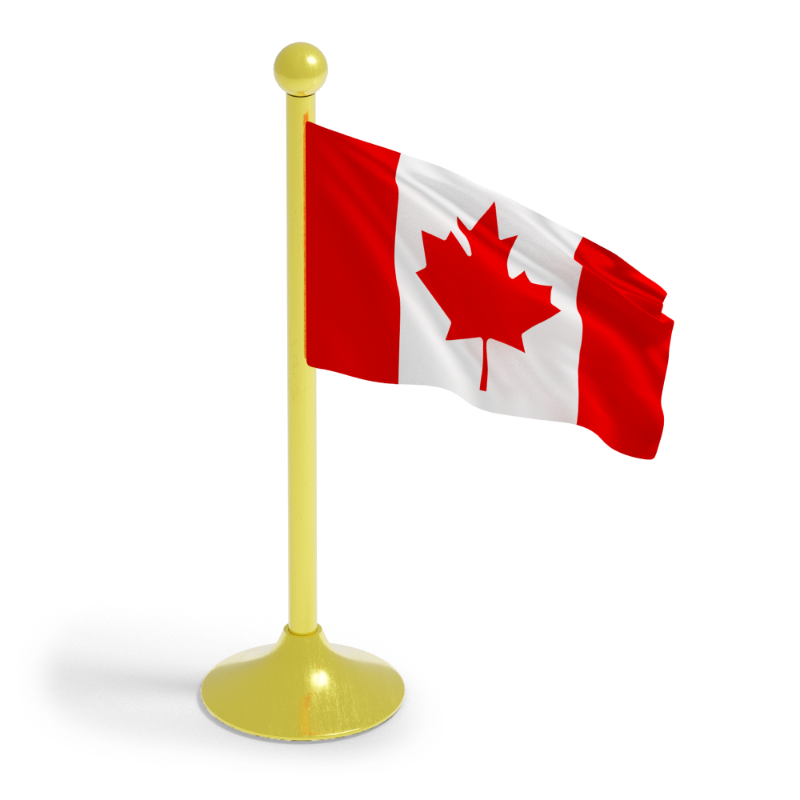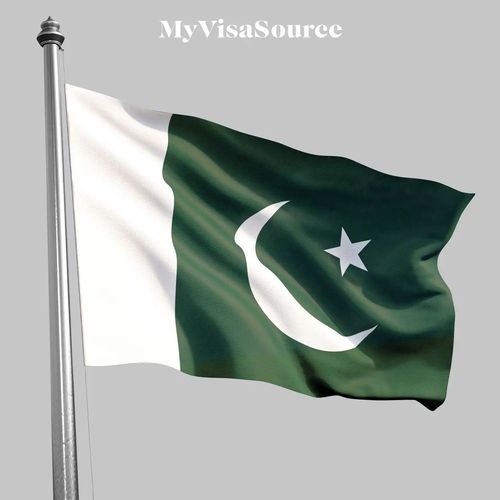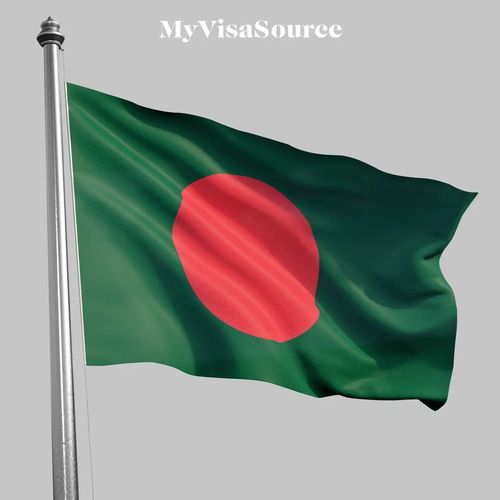Canada is an extremely large country. Therefore, it is no surprise that there are all kinds of landscapes, towns, cities, people, and cultures living here. From coast to coast, there are endless opportunities for newcomers, even in the north.
The north is a lesser-known territory of Canada. While many newcomers prefer to settle down in the metropolitan areas in Canada, the northern corner of the country remains unnoticed. It is best known for its culture, cold weather, and majestic landscapes.
Nunavut is a northern territory of Canada. If you are planning to settle in Nunavut, it is best to do some research to avoid surprises. For example, did you know that the sun stays in the sky for 24 hours in the summer? Also, the winters are extremely cold with temperatures going down to minus 30 degrees Celsius. Summers stay cool with temperatures between 5 to 15 degrees Celsius.
What Are the Benefits of Immigrating to Nunavut?
Nunavut has the highest minimum wage at $16 per hour in Canada. The government of Nunavut offers many subsidies to lower the cost of essential products to make it easier for the residents. However, the general cost of living is comparatively higher as the area is highly isolated and faces extreme weather conditions.
What Are the Demographics in Nunavut?
According to the 2016 Census, about 40,000 people were residing in Nunavut. Over 80% of the population is of Inuit descent. The Inuit peoples have been living in Nunavut for over 4,000 years. In the Inuktitut, the native language of the Inuit, Nunavut means “Our Land.”
Iqaluit is the capital city of Nunavut. It is located at the southern end of Baffin Island. It is also the smallest capital city in Canada with a population of just over 8,000 people. However, other communities in Nunavut, including the Arviat, Baker Lake, etc have a population of fewer than 1000 people.
Currently, the immigrant population in Nunavut is less than 1,000. Most immigrants living in the territory come from the Philippines, the United States, and the United Kingdom.
How Is Education in Nunavut?
Public education is available to all Canadian citizens and permanent residents in the territory, completely free of charge. However, given its unique physical landscape, many people have to commute long distances to attend the closest public school. Schooling is available in English, French, and Inuktitut. The government offers support for home-schooling. Therefore, if you are immigrating to Nunavut with your family, it is best to pick a location based on easy access to the school system.
Higher education in the territory is limited. There is only one higher education institution, Nunavut Arctic College. The college has 3 major campuses located across the territory. The college also has many learning centers located in 24 communities.



